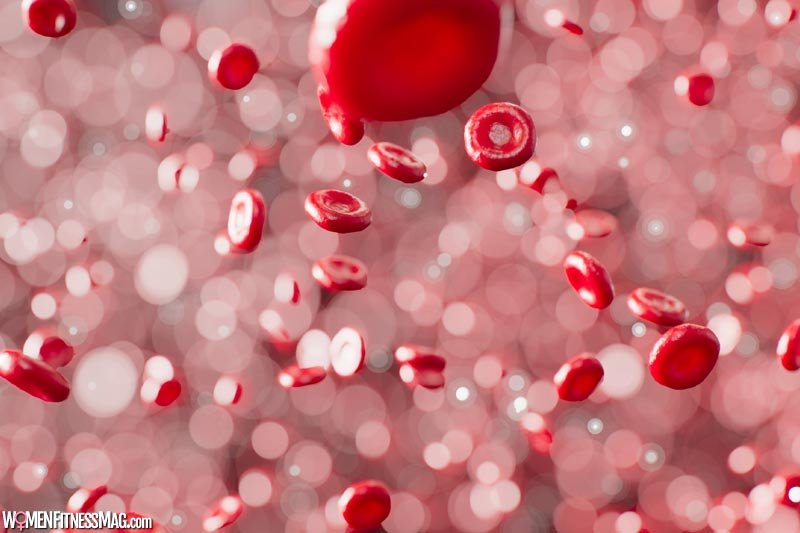Blood carries cholesterol, a waxy material. High cholesterol levels can increase your risk of heart disease, even though your body requires them to create healthy cells. Fatty buildup in blood arteries is a risk associated with high cholesterol.
These buildups eventually become so large that your arteries can no longer accommodate the necessary blood flow. These deposits occasionally have a tendency to suddenly break down and create clots that result in heart attacks or strokes.
Although high cholesterol levels can be passed down through the family, it’s more frequently caused by poor lifestyle choices, making it both curable and avoidable. High cholesterol can be lowered with a good diet, consistent exercise, and occasionally medicine. There are no signs or high cholesterol symptoms. Only a blood test can determine if you have it.
What are the Types of Cholesterol?
There are different varieties of lipids. The two that you’ve likely heard the most about are “good cholesterol” and “bad cholesterol.” The cholesterol types are as follows:
HDL stands for high-density lipoprotein, or good cholesterol. Consider the letter “H” to stand for “helpful.” Your liver receives cholesterol thanks to your HDLs. Your liver maintains a steady amount of cholesterol. It produces enough cholesterol to meet your body’s requirements and excretes the excess. To transport cholesterol to your liver, you must have a sufficient amount of HDLs. You’ll have too much cholesterol circulating in your blood if your HDLs are too low.
LDL stands for low-density lipoprotein, or bad cholesterol. This is the reason why plaque builds up in your arteries. Over time, heart disease might result from having too many LDLs.
How to Lower Your Cholesterol Through Lifestyle Modifications
Elevated cholesterol levels can significantly increase the risk of heart disease and heart attacks. While medications are effective in managing cholesterol, adopting a healthier lifestyle can also make a substantial impact. Here are five key changes you can make to improve your cholesterol profile:
- Eat Heart-Healthy Foods:
- Reduce saturated fats found in red meat and full-fat dairy products.
- Eliminate trans fats, often present in processed foods.
- Include omega-3 fatty acids from sources like salmon, walnuts, and flaxseeds.
- Boost soluble fiber intake with foods like oatmeal and beans.
- Consider adding whey protein, found in dairy products, to your diet.
- Prioritize Physical Activity:
- Aim for at least 30 minutes of moderate exercise five times a week.
- Incorporate short bursts of physical activity throughout the day.
- Quit Smoking:
- Smoking cessation rapidly improves HDL cholesterol levels and overall cardiovascular health.
- Manage Your Weight:
- Shedding excess pounds can lead to improved cholesterol levels.
- Make small dietary and activity changes for lasting results.
- Consume Alcohol in Moderation:
- If you drink, do so in moderation, as it can modestly raise HDL cholesterol.
Conclusion
High cholesterol poses a significant risk to heart health, as it can lead to the buildup of fatty deposits in arteries, potentially causing heart attacks and strokes. While genetics can play a role, lifestyle choices are often the primary culprits behind high cholesterol. The good news is that it is both preventable and treatable through dietary changes, regular exercise, and sometimes medication. Understanding the distinction between “good” HDL and “bad” LDL cholesterol is essential. By making heart-healthy food choices, staying physically active, quitting smoking, managing weight, and consuming alcohol in moderation, individuals can take proactive steps to lower their cholesterol levels and reduce the risk of heart disease. Remember, the first step in managing cholesterol is a simple blood test to determine your levels.
Related Videos:




